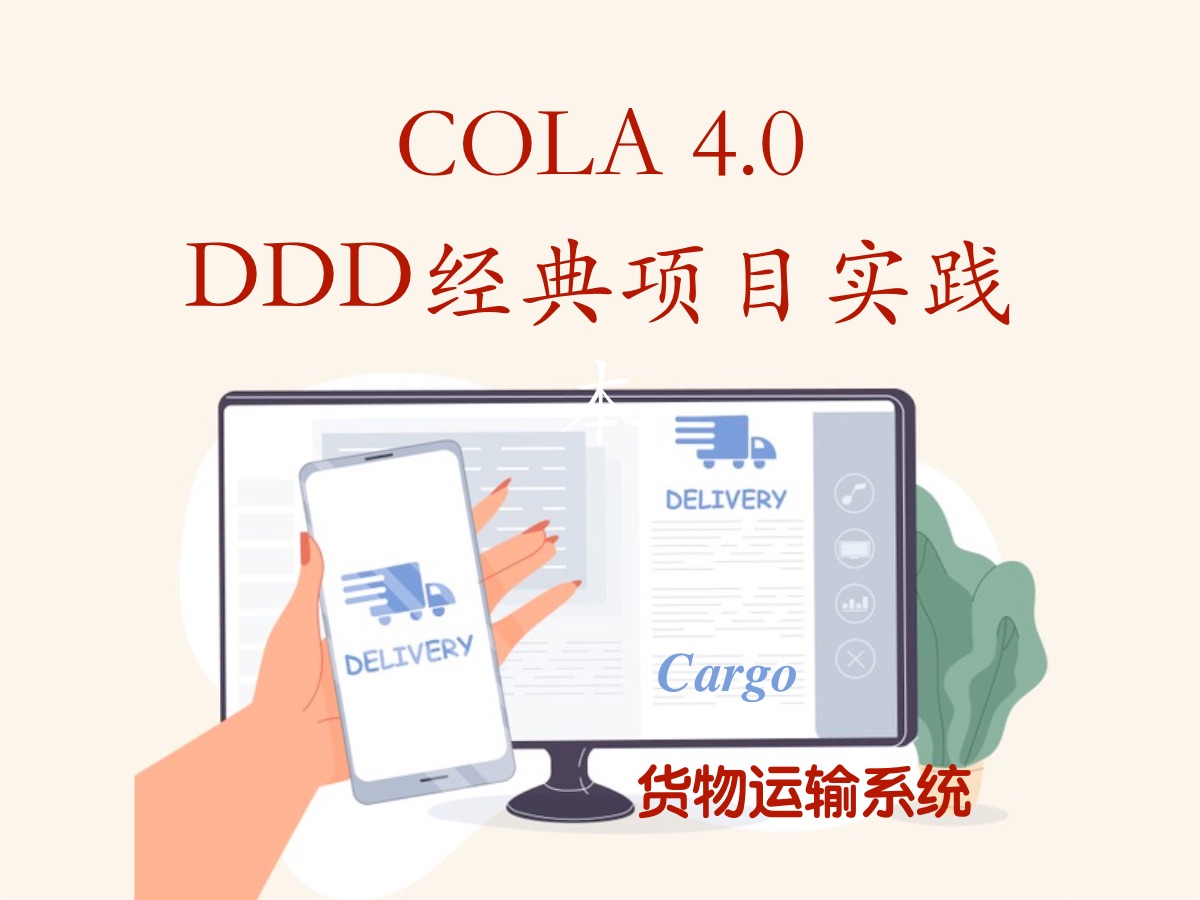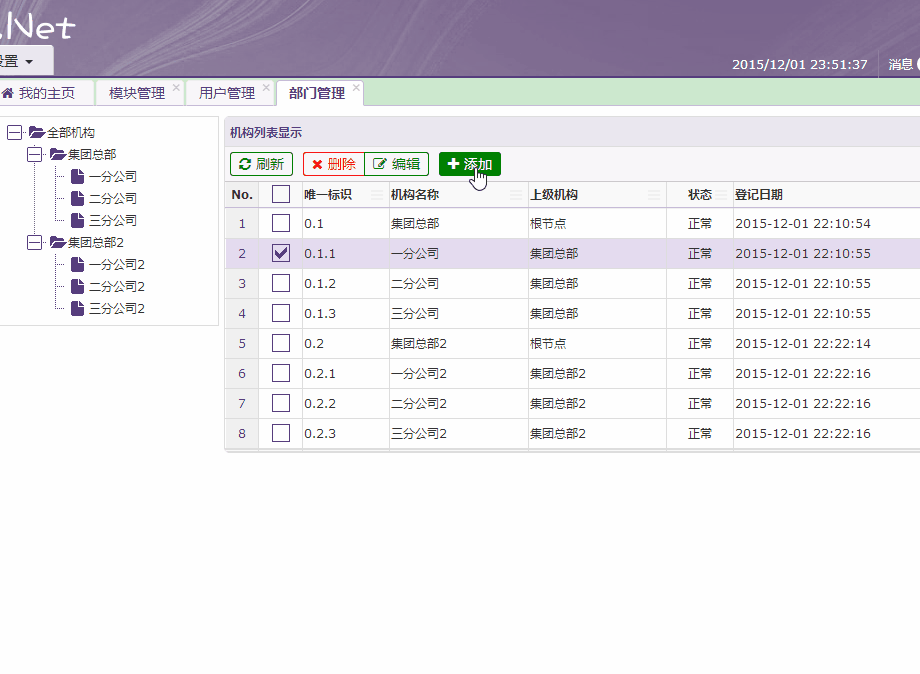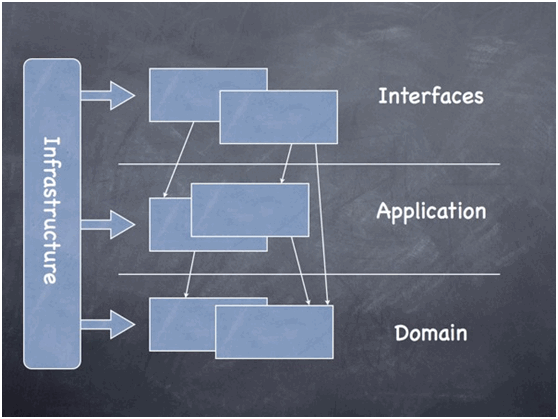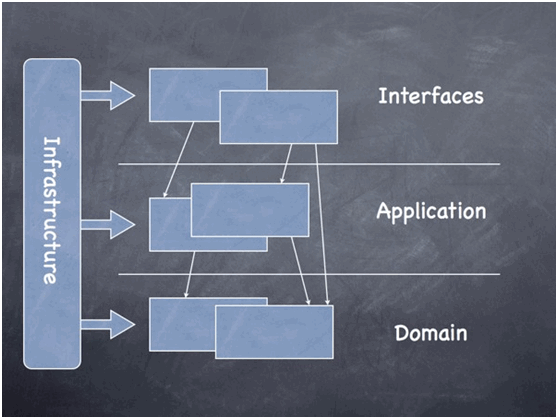上一篇:《DDD 领域驱动设计-如何控制业务流程?》
开源地址:https://github.com/yuezhongxin/CNBlogs.Apply.Sample(代码已更新,并增加了应用层代码)
在 JsPermissionApply 领域模型中,User 被设计为值对象,也就是 JsPermissionApply 实体中的 UserId 属性,这个没啥问题,但后来再实现代码的时候,就出现了一些问题,在 JS 权限申请和审核系统中,用户的一些操作如下:
- 申请:根据当前 LoginName 获取 UserId,UserId 存储在 JsPermissionApply 实体。
- 验证:根据 UserId 判断此用户是否拥有博客。
- 权限:根据当前 LoginName,判断此用户是否拥有审核权限。
- 审核:循环遍历每个申请,根据其 UserId 获取其他的用户信息。
对于上面的四个用户操作,因为每个请求都会耗费时间,所以我们需要尽量简化其操作,尤其是第四个操作,如果管理员要审核 10 个申请,那么就得请求用户服务 10 次,那怎么省掉这个操作呢?就是用户在申请 JS 权限的时候,我们先获取用户信息,然后存在 JsPermissionApply 实体中,如何这样设计,那么第二个用户验证操作,也可以省掉。
代码如何实现?我之前想在 JsPermissionApply 实体中,直接增加如下值对象:
public int UserId { get; set; }
public string UserLoginName { get; set; }
public string UserDisplayName { get; set; }
public string UserEmail { get; set; }
public string UserAlias { get; set; }
这样实现也没什么问题,但 JsPermissionApply 实体的构造函数参数赋值,就变的很麻烦,UserId 标识一个 User,那一个 User 也是标识一个 User,所以我们可以直接把 User 设计为值对象,示例代码:
namespace CNBlogs.Apply.Domain.ValueObjects
{
public class User
{
public string LoginName { get; set; }
public string DisplayName { get; set; }
public string Email { get; set; }
public string Alias { get; set; }
[JsonProperty("SpaceUserID")]
public int Id { get; set; }
}
}
JsonProperty 的作用是在 UserService 获取用户信息的时候,映射源属性名称,GetUserByLoginName 示例代码:
namespace CNBlogs.Apply.ServiceAgent
{
public class UserService
{
private static string userHost = "";
public static async Task<User> GetUserByLoginName(string loginName)
{
using (var httpCilent = new HttpClient())
{
httpCilent.BaseAddress = new System.Uri(userHost);
var response = await httpCilent.GetAsync($"/users?loginName={Uri.EscapeDataString(loginName)}");
if (response.StatusCode == HttpStatusCode.OK)
{
return await response.Content.ReadAsAsync<CNBlogs.Apply.Domain.ValueObjects.User>();
}
return null;
}
}
}
}
JsPermissionApply 实体代码:
namespace CNBlogs.Apply.Domain
{
public class JsPermissionApply : IAggregateRoot
{
private IEventBus eventBus;
public JsPermissionApply()
{ }
public JsPermissionApply(string reason, User user, string ip)
{
if (string.IsNullOrEmpty(reason))
{
throw new ArgumentException("申请内容不能为空");
}
if (reason.Length > 3000)
{
throw new ArgumentException("申请内容超出最大长度");
}
if (user == null)
{
throw new ArgumentException("用户为null");
}
if (user.Id == 0)
{
throw new ArgumentException("用户Id为0");
}
this.Reason = HttpUtility.HtmlEncode(reason);
this.User = user;
this.Ip = ip;
this.Status = Status.Wait;
}
public int Id { get; private set; }
public string Reason { get; private set; }
public virtual User User { get; private set; }
public Status Status { get; private set; } = Status.Wait;
public string Ip { get; private set; }
public DateTime ApplyTime { get; private set; } = DateTime.Now;
public string ReplyContent { get; private set; }
public DateTime? ApprovedTime { get; private set; }
public bool IsActive { get; private set; } = true;
public async Task<bool> Pass()
{
if (this.Status != Status.Wait)
{
return false;
}
this.Status = Status.Pass;
this.ApprovedTime = DateTime.Now;
this.ReplyContent = "恭喜您!您的JS权限申请已通过审批。";
eventBus = IocContainer.Default.Resolve<IEventBus>();
await eventBus.Publish(new JsPermissionOpenedEvent() { UserId = this.User.Id });
return true;
}
public bool Deny(string replyContent)
{
if (this.Status != Status.Wait)
{
return false;
}
this.Status = Status.Deny;
this.ApprovedTime = DateTime.Now;
this.ReplyContent = replyContent;
return true;
}
public bool Lock()
{
if (this.Status != Status.Wait)
{
return false;
}
this.Status = Status.Lock;
this.ApprovedTime = DateTime.Now;
this.ReplyContent = "抱歉!您的JS权限申请没有被批准,并且申请已被锁定,具体请联系contact@cnblogs.com。";
return true;
}
public async Task Passed()
{
if (this.Status != Status.Pass)
{
return;
}
eventBus = IocContainer.Default.Resolve<IEventBus>();
await eventBus.Publish(new MessageSentEvent() { Title = "您的JS权限申请已批准", Content = this.ReplyContent, RecipientId = this.User.Id });
}
public async Task Denied()
{
if (this.Status != Status.Deny)
{
return;
}
eventBus = IocContainer.Default.Resolve<IEventBus>();
await eventBus.Publish(new MessageSentEvent() { Title = "您的JS权限申请未通过审批", Content = this.ReplyContent, RecipientId = this.User.Id });
}
public async Task Locked()
{
if (this.Status != Status.Lock)
{
return;
}
eventBus = IocContainer.Default.Resolve<IEventBus>();
await eventBus.Publish(new MessageSentEvent() { Title = "您的JS权限申请未通过审批", Content = this.ReplyContent, RecipientId = this.User.Id });
}
}
}
JsPermissionApply 实体去除了 UserId 属性,并增加了 User 值对象,构造函数也相应进行了更新,如果实体进行这样设计,那数据库存储该如何设计呢?EF 不需要添加任何的映射代码,直接用 EF Migration 应用更新就可以了,生成 JsPermissionApplys 表结构:
SELECT TOP 1000 [Id]
,[Reason]
,[Status]
,[Ip]
,[ApplyTime]
,[ReplyContent]
,[ApprovedTime]
,[IsActive]
,[User_LoginName]
,[User_DisplayName]
,[User_Email]
,[User_Alias]
,[User_Id]
FROM [cnblogs_apply].[dbo].[JsPermissionApplys]
JsPermissionApplyDTO 示例代码:
namespace CNBlogs.Apply.Application.DTOs
{
public class JsPermissionApplyDTO
{
public int Id { get; set; }
public string Reason { get; set; }
public string Ip { get; set; }
public DateTime ApplyTime { get; set; }
public int UserId { get; set; }
public string UserLoginName { get; set; }
public string UserDisplayName { get; set; }
public string UserEmail { get; set; }
public string UserAlias { get; set; }
}
}
使用.ProjectTo<JsPermissionApplyDTO>().ToListAsync()获取申请列表的时候,AutoMapper 也不需要添加任何对 JsPermissionApply 和 JsPermissionApplyDTO 的映射代码。
另外领域服务、应用服务和单元测试代码,也对应进行了更新,详细查看上面的开源地址。
UserId 换为 User 设计,大致有两个好处:
- 用户信息在申请的时候获取并存储,审核直接展示,减少不必要的请求开销。
- 有利于 User 的扩展,JsPermissionApply 领域模型会更加健壮。
技术是设计的实现,不能用技术来影响设计。
微信公众号:你好架构
出处:http://www.cnblogs.com/xishuai/
公众号会不定时的分享有关架构的方方面面,包含并不局限于:Microservices(微服务)、Service Mesh(服务网格)、DDD/TDD、Spring Cloud、Dubbo、Service Fabric、Linkerd、Envoy、Istio、Conduit、Kubernetes、Docker、MacOS/Linux、Java、.NET Core/ASP.NET Core、Redis、RabbitMQ、MongoDB、GitLab、CI/CD(持续集成/持续部署)、DevOps等等。
本文版权归作者和博客园共有,欢迎转载,但未经作者同意必须保留此段声明,且在文章页面明显位置给出原文连接。




